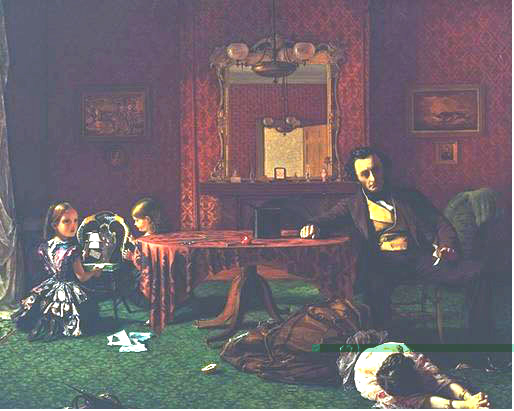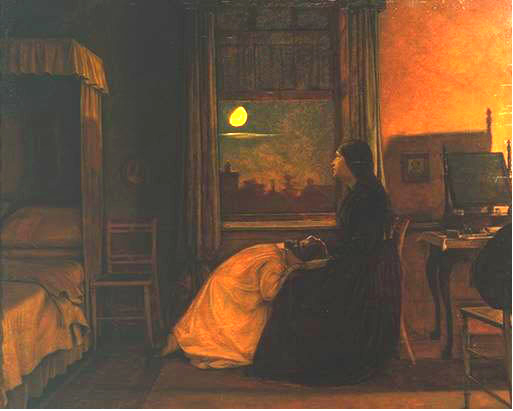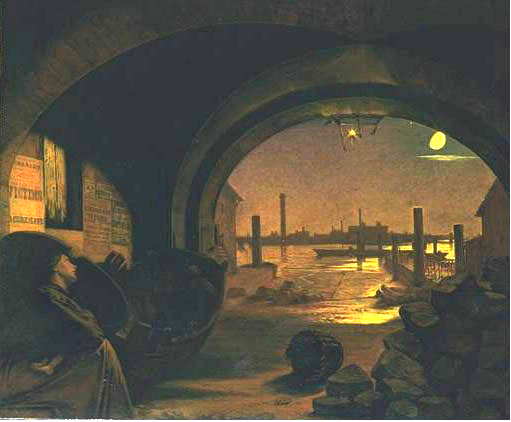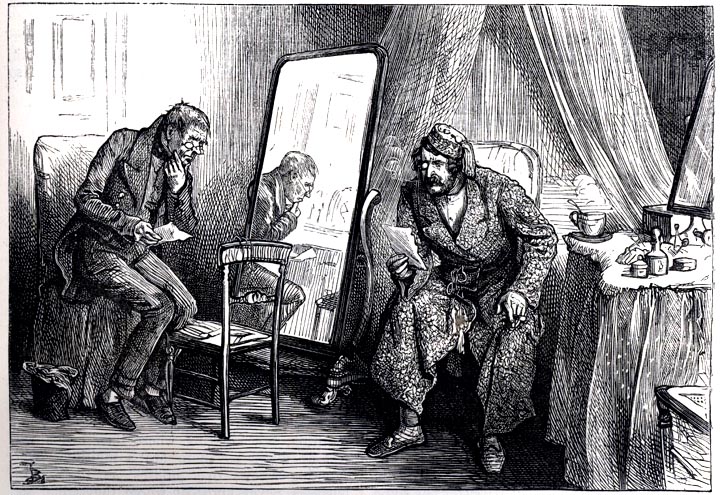Mr. Nadgett breathes, as usual, an Atmosphere of Mystery
Phiz
February 1844
Steel-engraving
12.7 cm high by 9.5 cm wide (4 ¾ high by 3 ½ inches), vignetted
Illustration for Dickens's Life and Adventures of Martin Chuzzlewit, facing p. 448 (1844 ed.) in Ch. XXXVIII; descriptive headline: "The Recruit Fully Enlisted" (1867 & 1897)
[Click on image to enlarge it and mouse over text for links.]
Scanned image and text by Philip V. Allingham.





